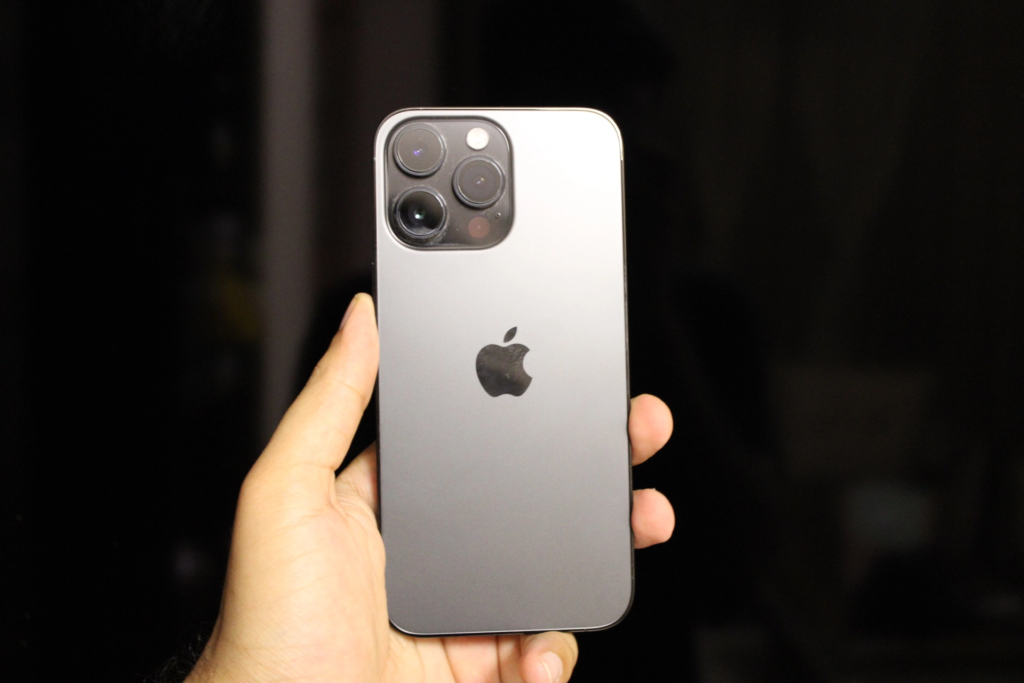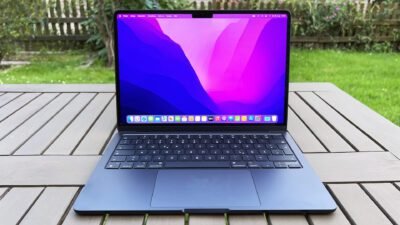iPhone 16 series will come with support for 5G advanced connectivity

According to some recent pieces of information, ‘5G Advanced’ for even more dependable and effective cellular communication is anticipated in the next iPhone 16 series. But there’s a problem.
The analyst Jeff Pu claims that the future iPhone 16 Pro/Max will feature Qualcomm’s latest X75 modem. On the other hand, the non-pro models of the iPhone 16 series will feature the same Snapdragon X70 modem that is already available with the iPhone 15 and the iPhone 14 series.
“Apple is likely to promote the iPhone 16 Pro models as sporting ‘5G Advanced,'” according to MacRumors, “highly like the iPhone 6s acquired the capability of ‘LTE Advanced’ in 2015.” Until now, we have observed no difference in the network equipment of Pro and non-Pro models. If the above-mentioned information is correct, then it could be a step toward a more expensive product.
Features of 5G Advanced
According to reports, the Snapdragon X75 modem with 5G Advanced is the first modem that features a dedicated AI tensor accelerator. It has the capacity to offer a combined mmWave and sub-6 architecture. For this reason, it requires 25% less space and is reportedly 20% more power-efficient.
In addition to this, better carrier aggregation support and generally quicker upload and download speeds are provided by the “5G Advanced” technology. Generally speaking, this new standard is seen as the advancement of 5G or possibly as a step towards 6G.
The iPhone 16 series
In addition to the four current models, the company might debut an Ultra model with the iPhone 16 lineup. Some reports claim that the Ultra model will feature one additional rear camera as well as a portless design. Furthermore, the device might feature a large display. On the other hand, some rumors claim that the 6.27-inch and 6.85-inch displays might be found on the iPhone 16 Pro and Pro Max.
Apple might go even further to design the non-Pro versions in a way that fits the price of the Pro and Ultra variants if there is one more competitor on the premium side of the iPhone 16 portfolio.
Research Snipers is currently covering all technology news including Google, Apple, Android, Xiaomi, Huawei, Samsung News, and More. Research Snipers has decade of experience in breaking technology news, covering latest trends in tech news, and recent developments.












